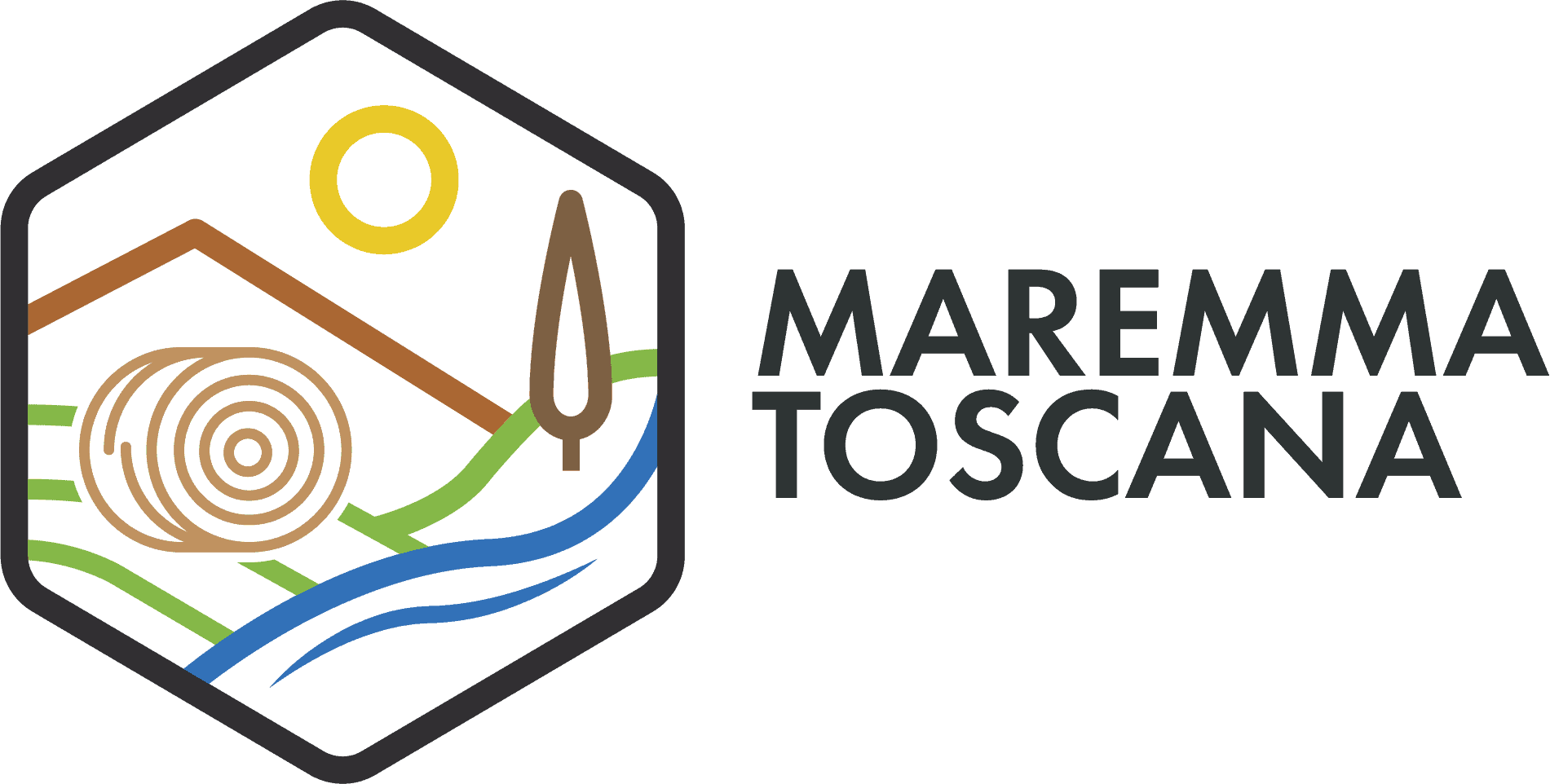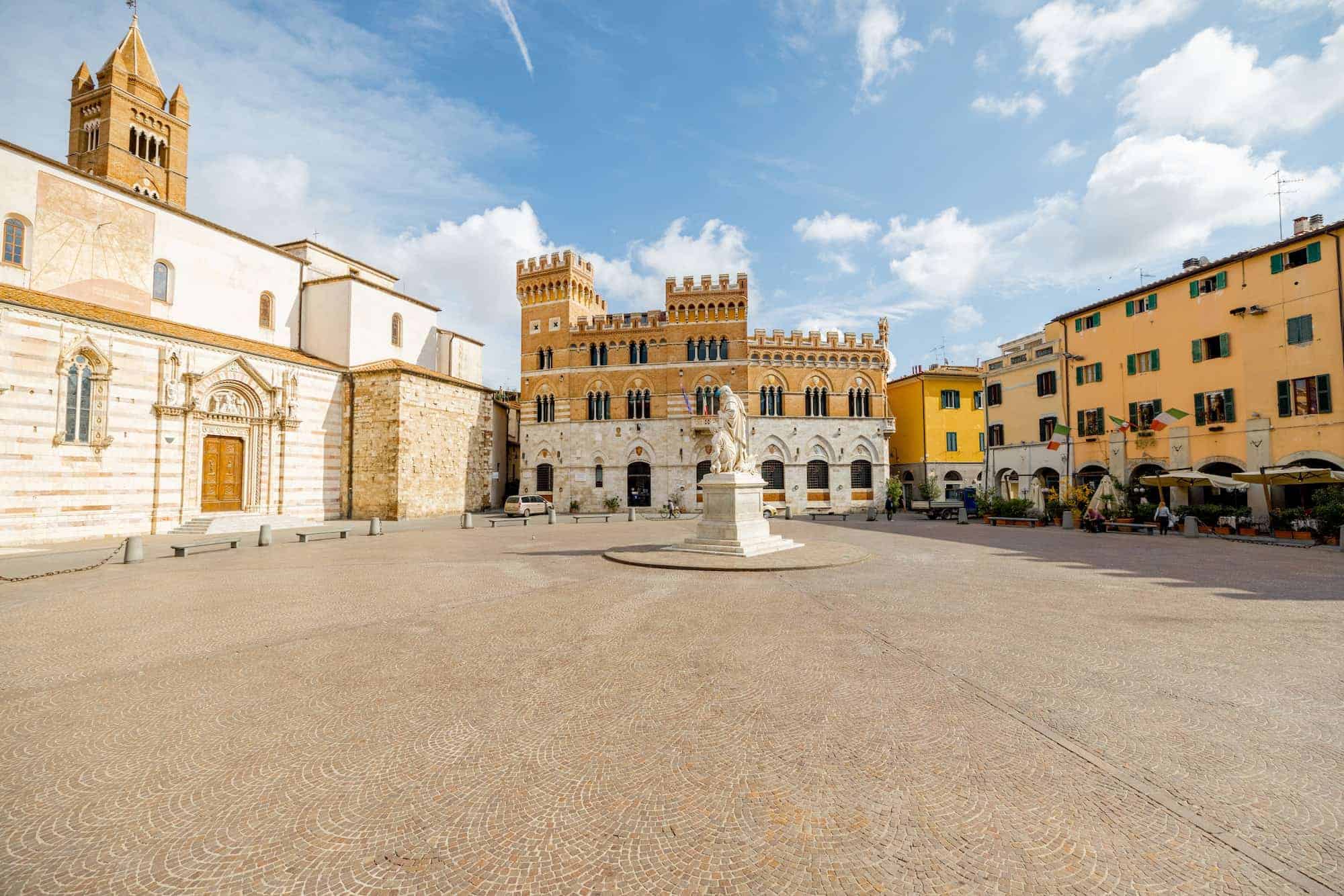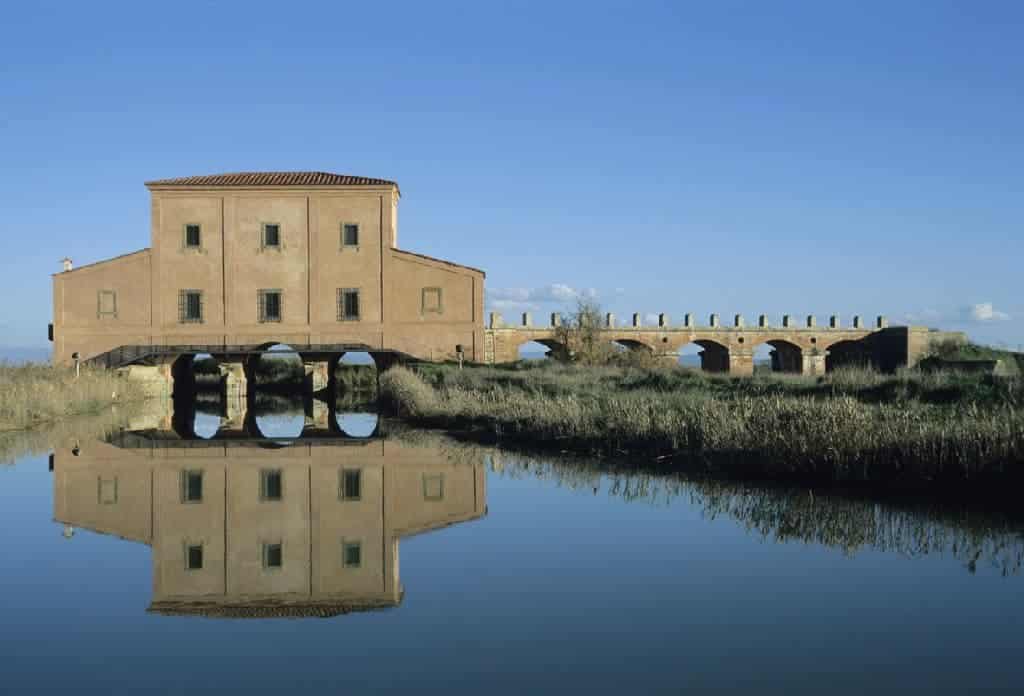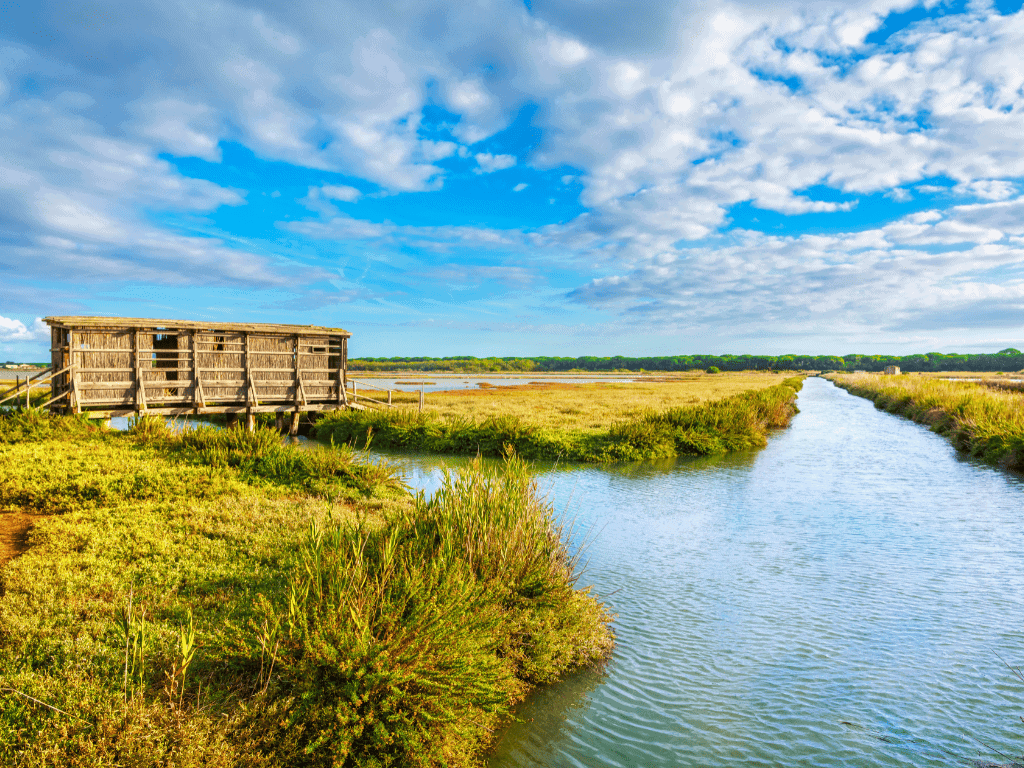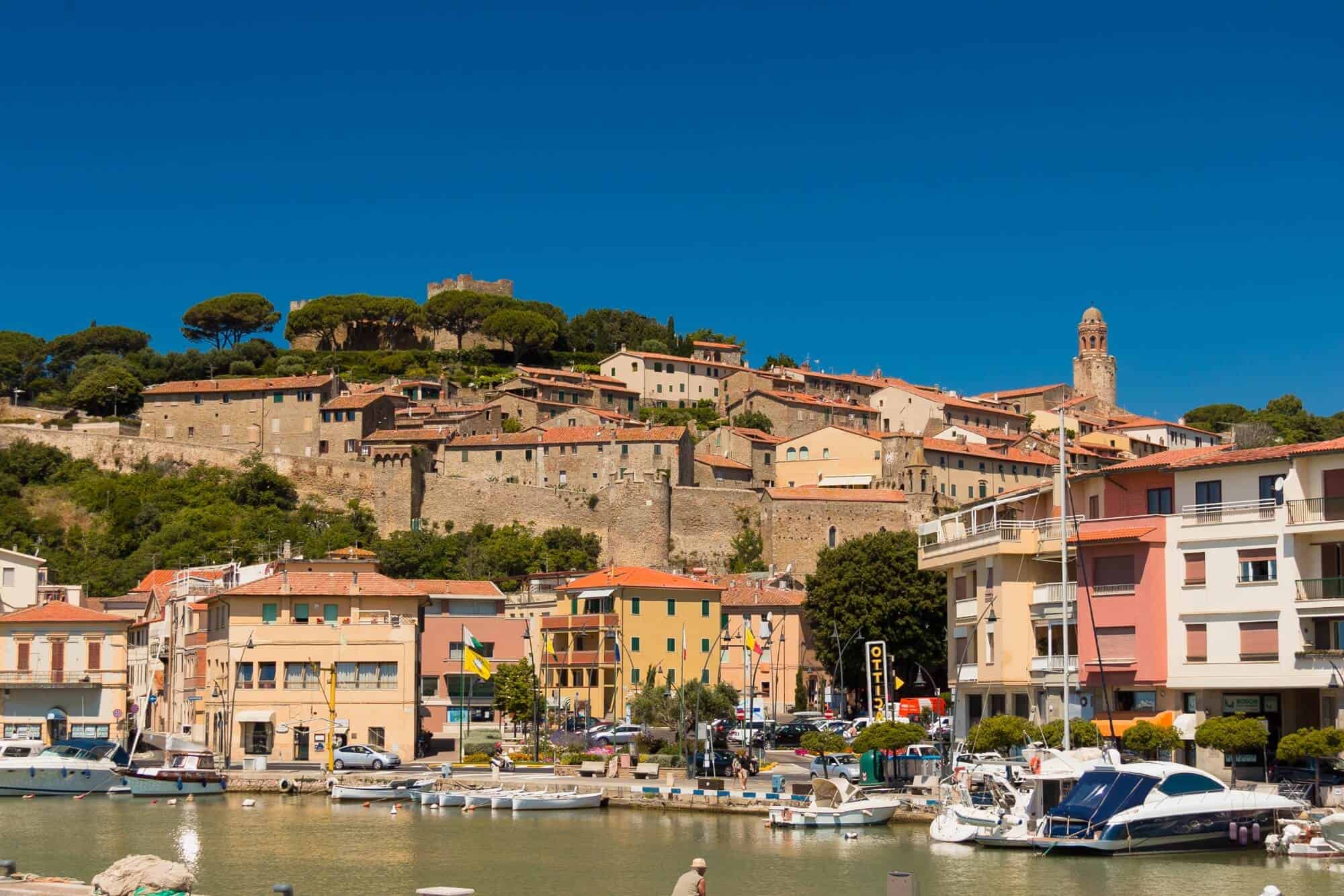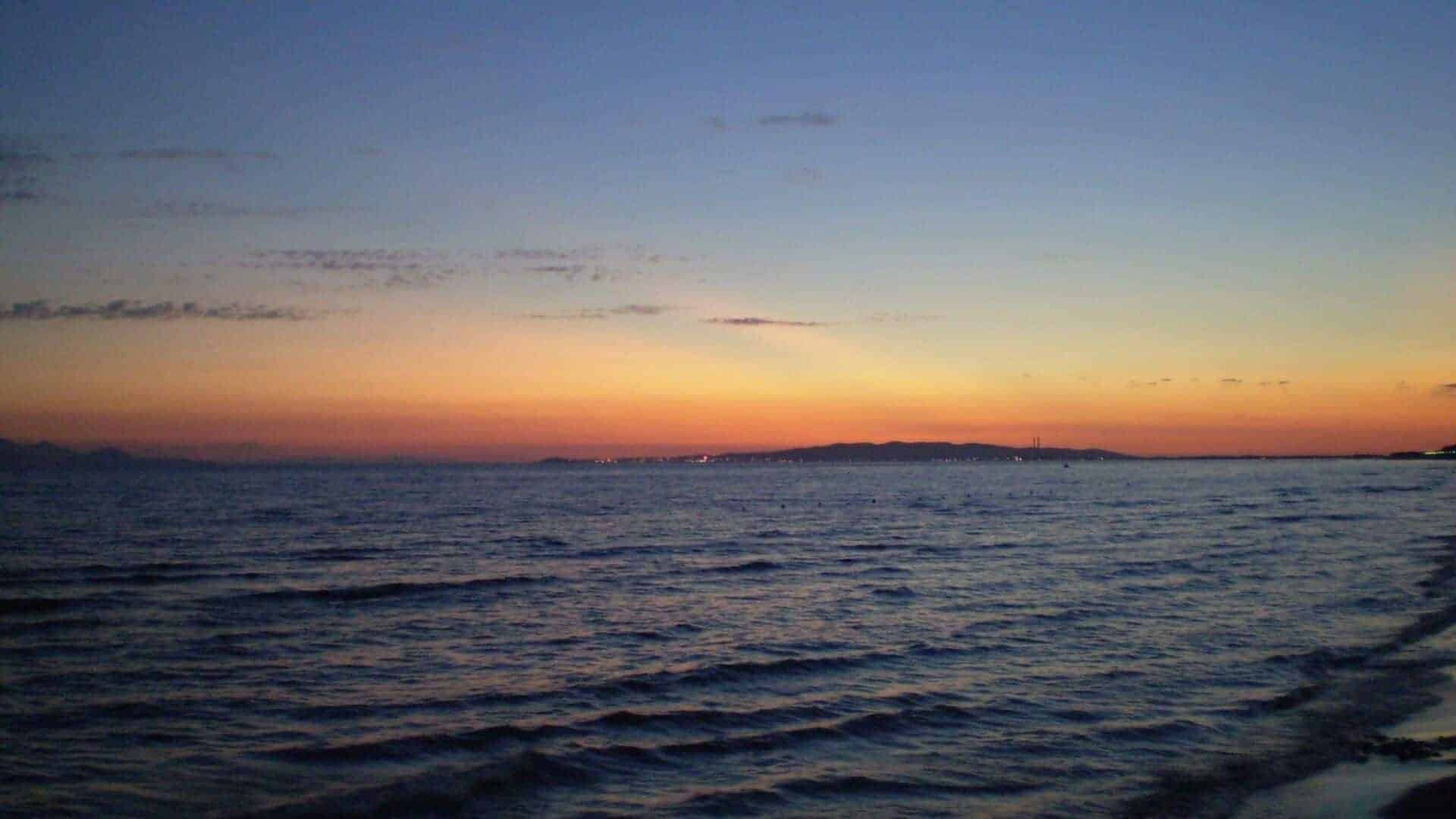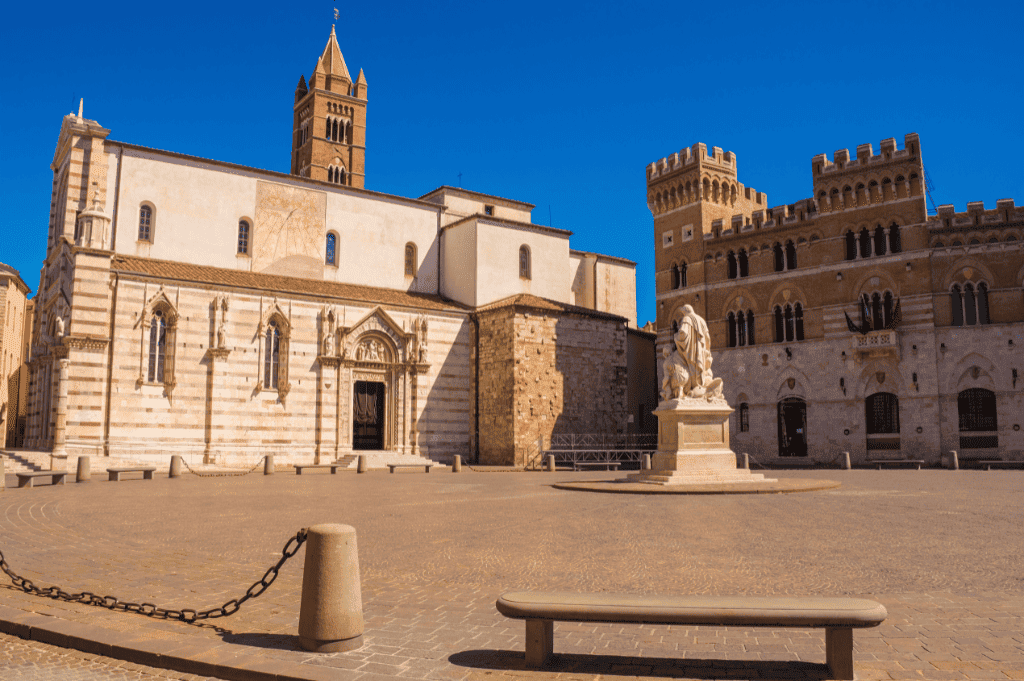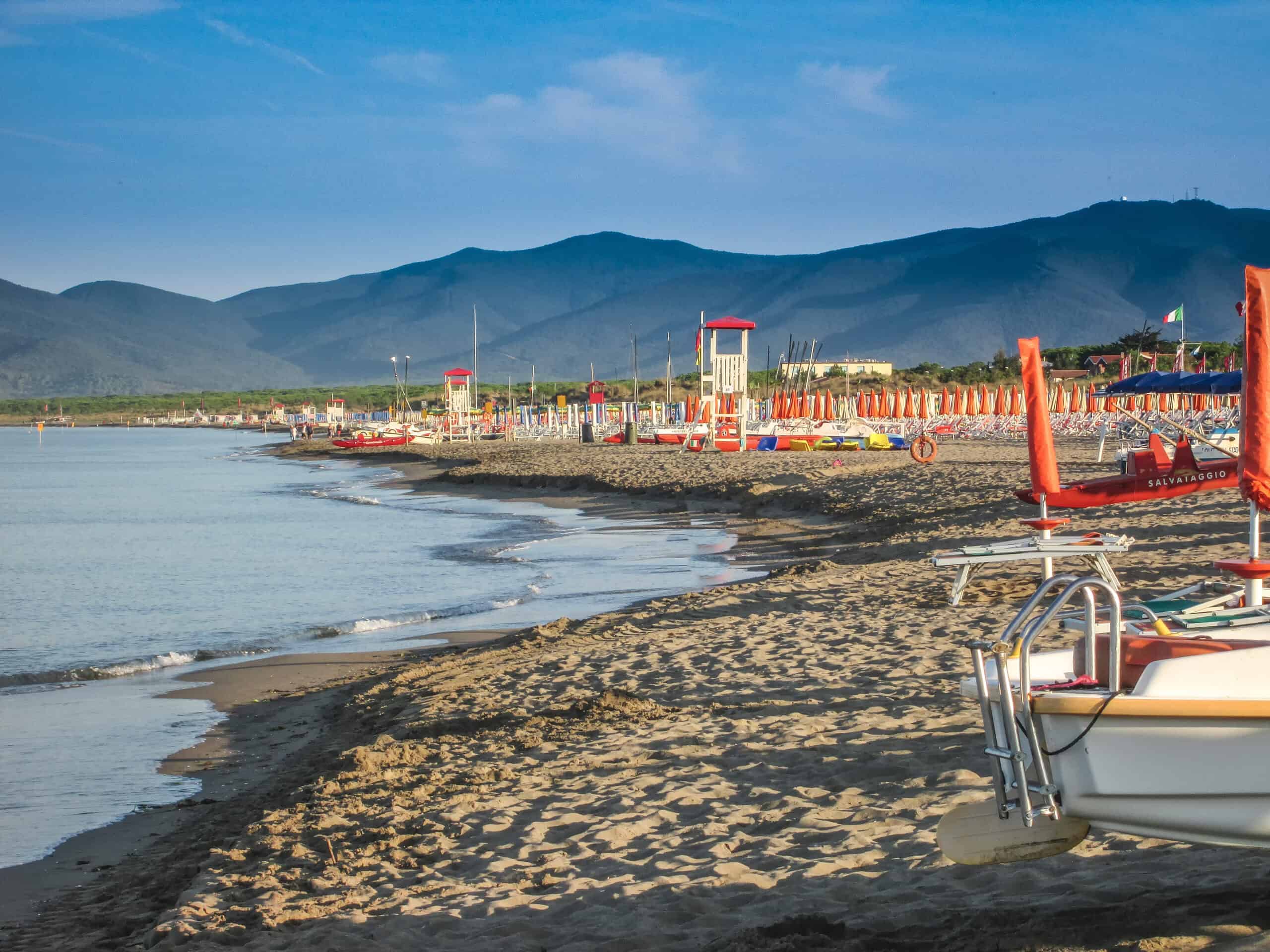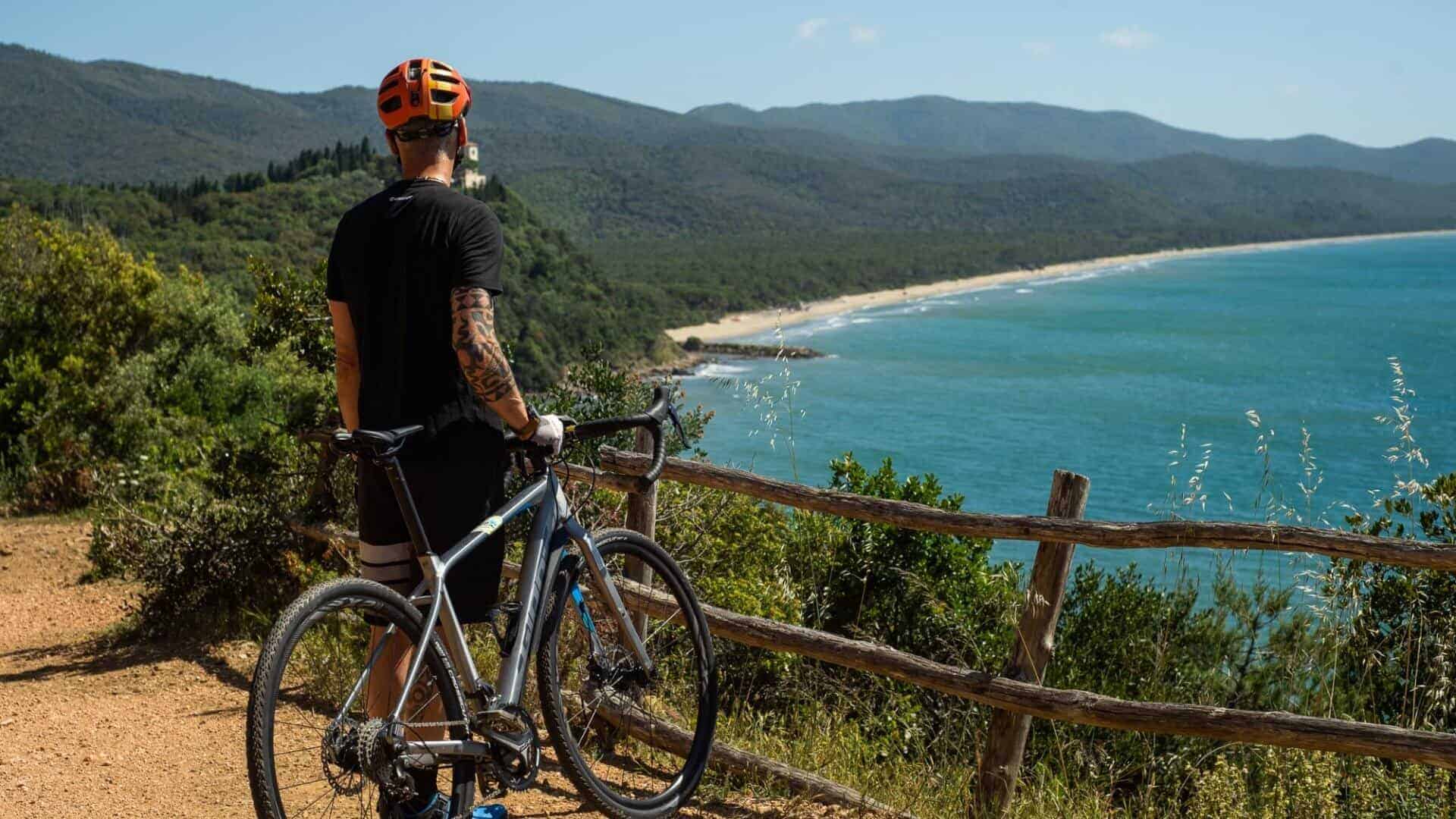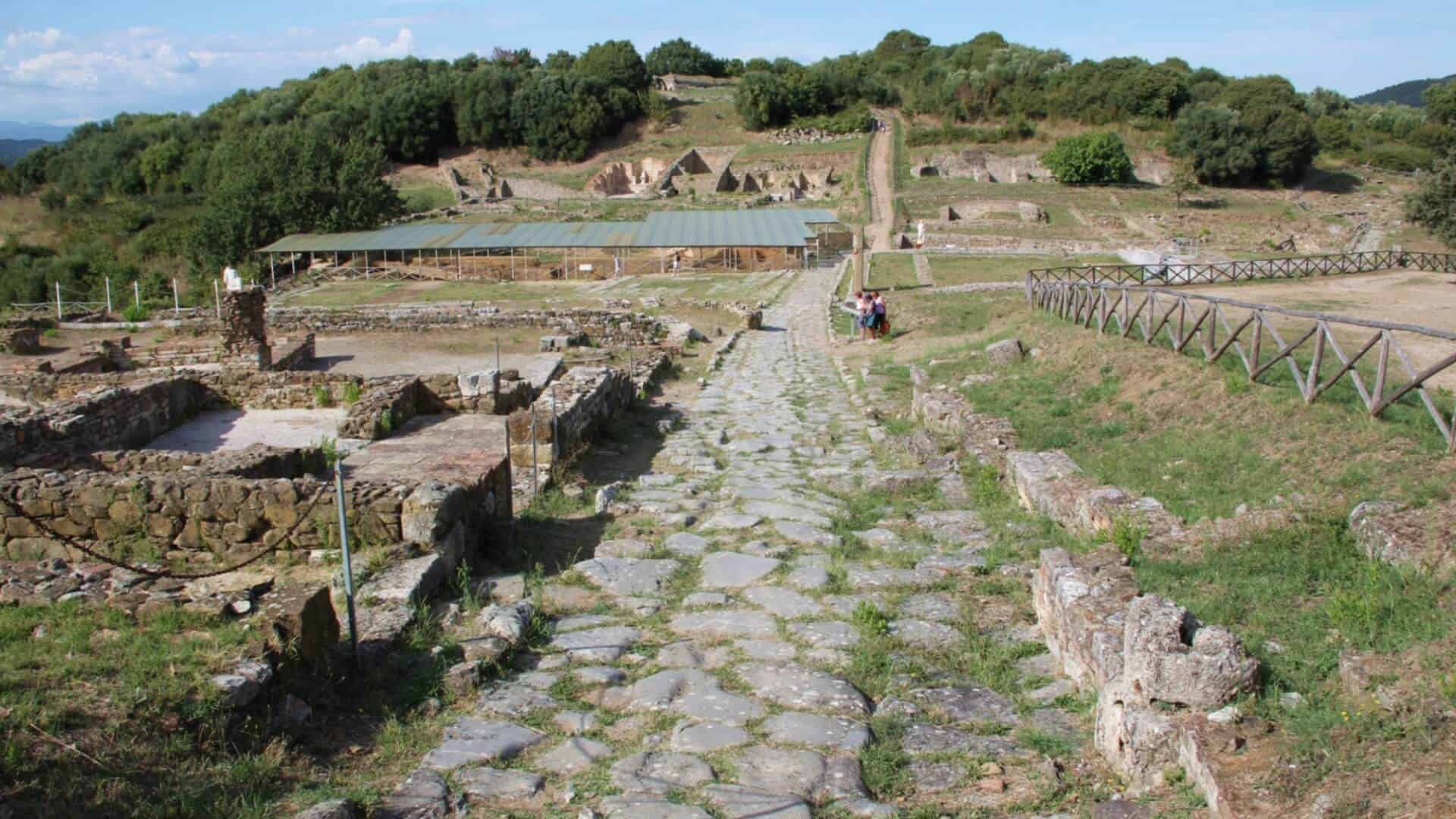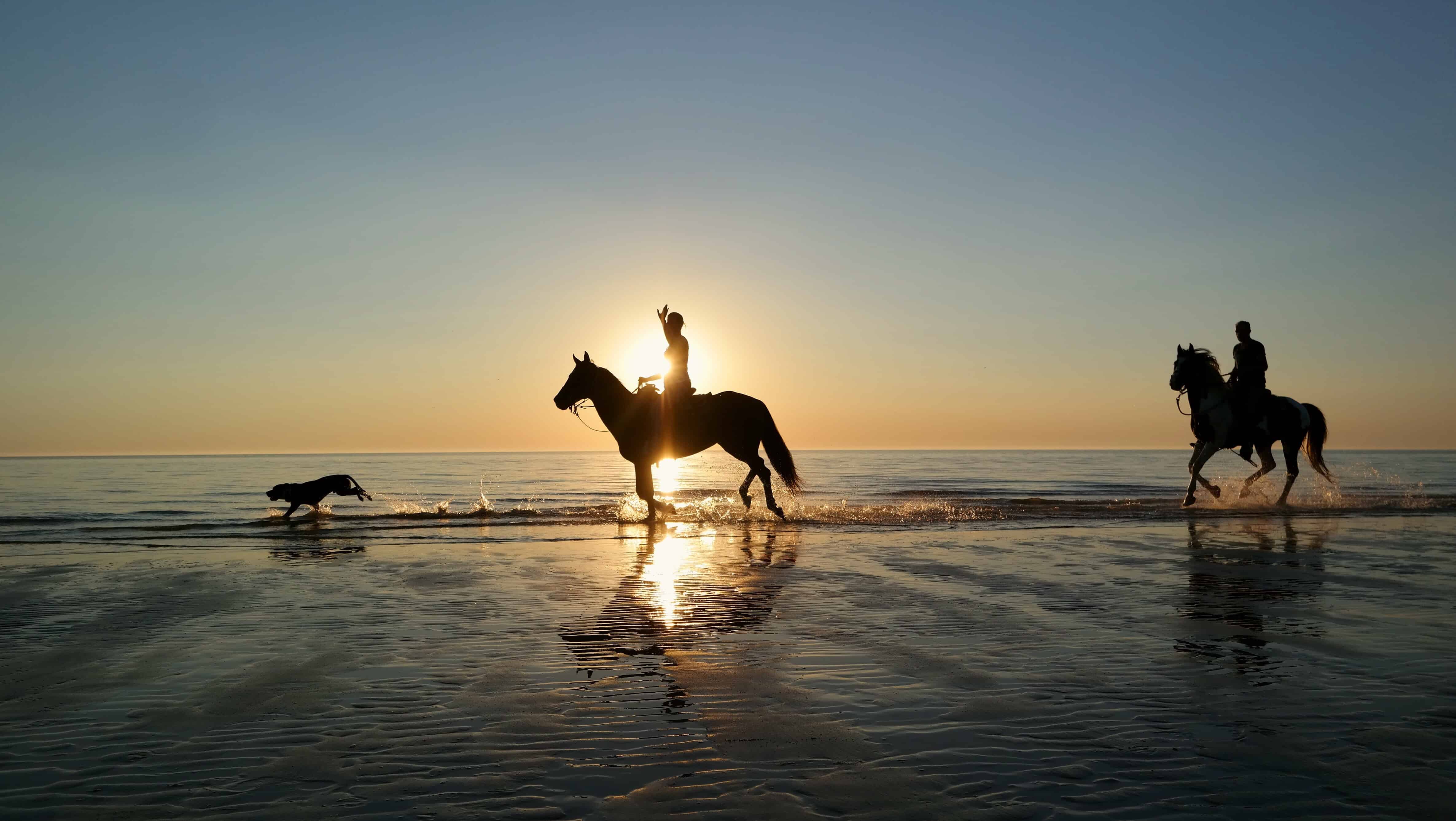Grosseto
Grosseto, with its 80,000 inhabitants, is the southernmost provincial capital in the Tuscany region, representing the administrative heart and engine of the central “Grossetan Maremma.”
Grosseto, the capital of the Grossetan Maremma, also known as the central Maremma, is the reference point for the entire region. It is the largest municipality in Tuscany, situated near the right bank of the Ombrone River, just 12 kilometers from the sea – Marina di Grosseto – and 30 kilometers from Monte Amiata. If it weren’t for the historic center enclosed by the massive hexagonal city walls – which are up to 2,900 meters high – built by the Medici, Grosseto could be described as a modern city. Its history is inevitably intertwined with that of the Maremman Reclamation. After the Republic of Siena’s conquest to gain control over salt extraction in the Maremma, the city began to decline, plagued by pestilence and malaria, followed by a significant demographic decline. In 1559, with the dominion of the powerful Florentine Medici family, things improved. They are responsible for fortifying the city with majestic corner bastions, a project that took place between 1574 and 1593 at the behest of Francesco I de’ Medici. The transformation of the ramparts and bastions into public avenues and gardens is the work of the last Grand Duke of Tuscany, Leopoldo II, and dates back to the early 19th century, known as the “bitter Maremma” years.
Grosseto, nicknamed the “Lucca of the Maremma” for its sixteenth-century Medicean walls, is one of the few cities in Italy to maintain these constructions in good condition.
The visit to Grosseto can begin at Piazza Dante Alighieri (or Piazza delle Catene, as the locals call it due to the small columns and chains that define it), the heart of the city. In the center of the square stands the statue of Canapone, sculpted in 1846 by Luigi Magi, depicting Grand Duke Leopoldo II of Lorraine crushing a snake, a symbol of malaria, under his right foot, alongside a griffin, his dying children, and a woman rising, symbolizing the rebirth of the Maremma after reclamation. Overlooking the square are the Provincial Palace or Aldobrandeschi Palace (formerly the castle of the powerful feudal Aldobrandeschi family), rebuilt in the early 20th century in neo-Gothic style, the right side of the fourteenth-century cathedral, which has been restored multiple times (the facade dates from the early 19th century), and the terracotta bell tower. Inside the Grosseto Cathedral, the Cathedral of San Lorenzo, various valuable works can be admired, including a large baptismal font and the altar of the Madonna delle Grazie, both works by Antonio Ghini from the late 15th century, a 15th-century painting of the Madonna delle Grazie, a work by Matteo di Giovanni from the 15th century, an image highly revered by the people of Grosseto. In the nearby Church of San Francesco d’Assisi, there is a Crucifix attributed to Duccio di Buoninsegna. The Museum of Natural History of the Maremma, where a cast of the Botticelli Man, dating back to about 50,000 years ago, is preserved, and the Municipal Aquarium, a branch of the museum, are also of great interest.
Reclamation Works
Don’t miss the Archaeological and Art Museum of the Maremma, which features numerous archaeological finds and is considered one of the most important in Italy for Etruscan discoveries. The museum is housed on three floors in the Palazzo del Vecchio Tribunale and also preserves notable Roman and medieval artifacts. Among the numerous rooms that make up the museum, you can find bronze statuettes, tuff sculptures, coins, urns, and other Etruscan fragments from Grosseto sites and, above all, from Roselle. Thousands of testimonies from prehistory to the Renaissance are collected here. Also of interest are two Madonnas with Child: one by Segna di Bonaventura and the other attributed to Donato Martini, and the Madonna delle Ciliegie (Madonna of the Cherries), by Sienese painter Stefano di Giovanni, known as Il Sassetta. In the former Clarisse convent, the MuseoLab is set up, a museum-laboratory that presents methods and results of an urban archaeology project conducted between 1998 and 2003 on the historic center of Grosseto.
The Archaeological and Art Museum of Maremma in Grosseto
Do not miss the Archaeological and Art Museum of Maremma in Grosseto, which presents numerous archaeological findings and is considered one of the most important in Italy for Etruscan discoveries. The museum is housed on three floors in the Palazzo del Vecchio Tribunale and also preserves notable artifacts from the Roman and medieval periods. In the numerous rooms that make up the museum, you can find bronze statuettes, tuff sculptures, coins, urns, and other Etruscan fragments from Grosseto sites and, above all, from Roselle. Thousands of testimonies from prehistory to the Renaissance are collected here. Two Madonnas with Child are particularly interesting: one by Segna di Bonaventura and the other attributed to Donato Martini, as well as the Madonna delle Ciliegie (Madonna of the Cherries) by Sienese painter Stefano di Giovanni, known as Il Sassetta. In the former Clarisse convent, the MuseoLab is set up, a museum-laboratory that presents methods and results of an urban archaeology project conducted between 1998 and 2003 on the historic center of Grosseto.
